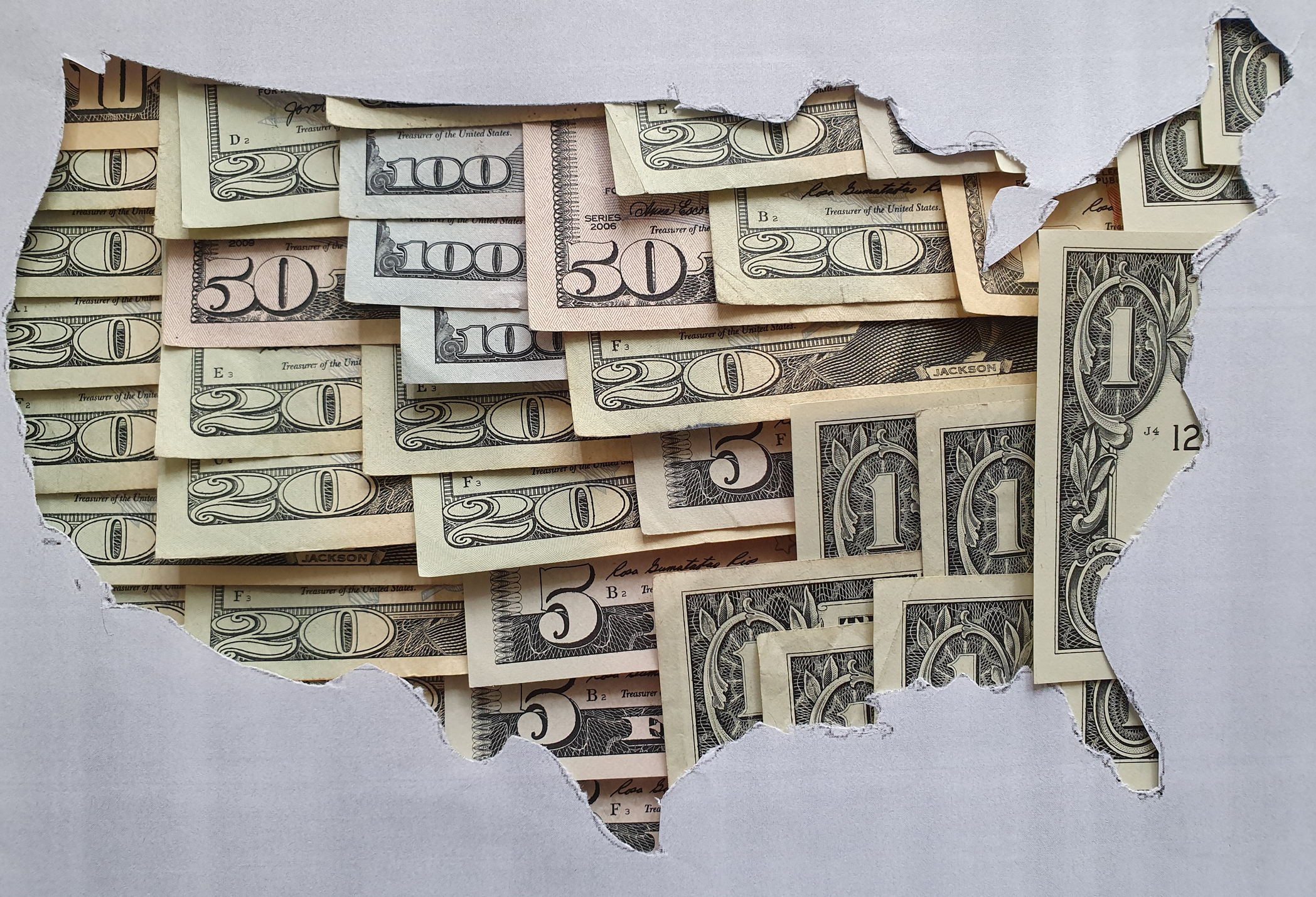When It Pays to Itemize
Wealthier taxpayers win big on 2010 tax returns with unlimited itemized deductions.

The enhanced standard deductions that many taxpayers took advantage of on their 2009 tax returns -- for buying a new car or paying property taxes when they didn’t itemize -- are history. Without those extra deductions, more of your income may be taxed. So when you sit down to prepare your tax return for 2010, make sure you’re making the most of your write-offs when you choose between claiming the standard deduction and itemizing your tax-deductible expenses.
For 2010, the standard deduction is $5,700 if single or married filing separately, $8,400 if head of household with dependents, or $11,400 if married filing jointly. In addition, you can claim an extra $1,100 deduction for each taxpayer or spouse who is 65 or older or for taxpayers of any age who are blind. (A married person filing separately may not claim any standard deduction if his or her spouse itemizes on a separate return, even if the standard deduction would result in a bigger tax savings.)You should claim the standard deduction only if it exceeds the amount you could claim by itemizing deductions. You may benefit from itemizing your deductions on Schedule A if you:
•do not qualify for the standard deduction;

Sign up for Kiplinger’s Free E-Newsletters
Profit and prosper with the best of expert advice on investing, taxes, retirement, personal finance and more - straight to your e-mail.
Profit and prosper with the best of expert advice - straight to your e-mail.
•had large uninsured medical and dental expenses during the year;
•paid interest and taxes on your home;
•incurred large unreimbursed employee business expenses or other miscellaneous deductions, such as tax-preparation fees or investment expenses;
•experienced large uninsured casualty or theft losses; or
•made sizable contributions to qualified charities.
Although 70% of taxpayers claim the standard deduction, millions may be leaving money on the table because they don’t take the time to keep all the receipts and documentation that could add up to a bigger tax break than the standard deduction allows.
The wealthy win big
High-income taxpayers get a big break on their 2010 returns -- there’s no limit on the itemized deductions they can claim to reduce their taxable income. Over the past 20 years, the wealthiest Americans have had to forfeit up to 80% of their itemized deductions when their income topped certain thresholds.Normally, the squeeze on itemized deductions begins when income tops about $83,000 for individuals or $167,000 for married couples filing jointly (amounts are indexed for inflation each year). But this year is different. High earners can use the full value of their itemized deductions to reduce their taxable income. (However, restrictions still exist for deducting charitable contributions: They can’t exceed 50% of your adjusted gross income, but excess deductions can be carried over to future years.)Originally, the high-earner tax squeeze, which has gradually been reduced since 2006, was scheduled to disappear completely only in 2010. But Congress extended the tax relief through 2012 as part of the massive tax package approved just before Christmas.
Get Kiplinger Today newsletter — free
Profit and prosper with the best of Kiplinger's advice on investing, taxes, retirement, personal finance and much more. Delivered daily. Enter your email in the box and click Sign Me Up.

-
 Stock Market Today: Stocks Gain on Tech, Auto Tariff Talk
Stock Market Today: Stocks Gain on Tech, Auto Tariff TalkThe Trump administration said late Friday that it will temporarily halt tariffs on some Chinese tech imports.
By Karee Venema
-
 Sam's Club Plans Aggressive Expansion: Discover Its New Locations
Sam's Club Plans Aggressive Expansion: Discover Its New LocationsSam's Club expansion plans will open up to 15 new stores each year. Learn where they plan to open in 2025.
By Sean Jackson
-
 Tax Time: Does Your Kid Influencer Owe Taxes?
Tax Time: Does Your Kid Influencer Owe Taxes?State Tax Some minors are making big money on social media. Here’s how to know if they need to file taxes.
By Gabriella Cruz-Martínez
-
 Free IRS Tax Filing for 30 Million People: Will It Continue Under Trump?
Free IRS Tax Filing for 30 Million People: Will It Continue Under Trump?Tax Filing Direct File was piloted last year in 12 states and has since expanded to 25. But some wonder whether the program will last under the Trump administration.
By Gabriella Cruz-Martínez
-
 How Caregivers for Adults Can Save on Taxes in 2025
How Caregivers for Adults Can Save on Taxes in 2025Tax Breaks Caring for your parent or spouse can be stressful, but the IRS offers tax breaks for qualifying taxpayers. Here they are.
By Kate Schubel
-
 U.S. Treasury to Eliminate Paper Checks: What It Means for Tax Refunds, Social Security
U.S. Treasury to Eliminate Paper Checks: What It Means for Tax Refunds, Social SecurityTreasury President Trump signed an executive order forcing the federal government to phase out paper check disbursements by the fall.
By Gabriella Cruz-Martínez
-
 IRS Layoffs Spark Delays, Doubt This Tax Season
IRS Layoffs Spark Delays, Doubt This Tax SeasonTax Season Tax experts say Trump’s downsizing of the IRS is already causing problems.
By Gabriella Cruz-Martínez
-
 States with the Highest Income Tax Rates for Retirees
States with the Highest Income Tax Rates for RetireesState Tax You may reconsider living and retiring in one of these states due to high taxes.
By Kate Schubel
-
 AI Tax Scams Target Middle and Older Adults: What to Know
AI Tax Scams Target Middle and Older Adults: What to KnowScams Whether you’re a retiree or Gen Z, scammers can gouge big financial losses with the help of artificial intelligence.
By Kate Schubel
-
 Tax-Deductible Home Improvements for Retirement in 2025
Tax-Deductible Home Improvements for Retirement in 2025Retirement Taxes Your aging-in-place plan could benefit from the medical expense tax deduction. But watch out for capital gains and property taxes.
By Kate Schubel